JRDG Company Special – Production, Exterior Design and Care
Production
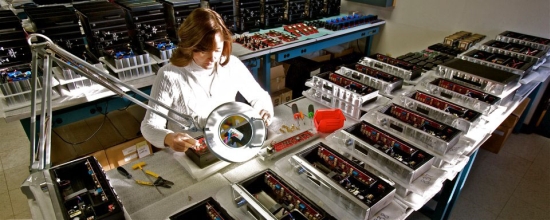
Above: assembly of the Capri preamp
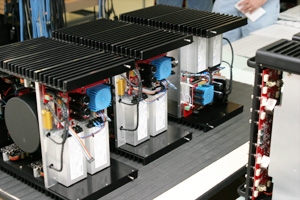
Above: a run of 302 power amps.
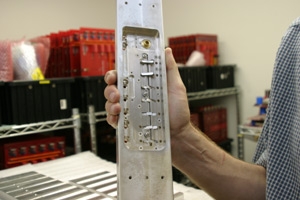
Above: inside of the Synergy faceplate with the toggle buttons clearly visible.
Below: Jeff next to a row of Concentra II integrated amps
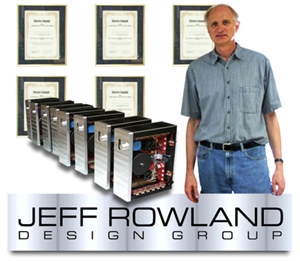
Making the 625 using Vertec Tool
Taken from the JRDG website: Vertec Tool, of Colorado Springs, CO, has been an invaluable design and production partner with Jeff Rowland Design Group for nearly 20-years. From the intricacies of the Coherence II’s detachable faceplate to the sweeping grandeur of the Model 301’s massive faceplates, Vertec’s commitment to lasting perfection is treasured by Rowland customers worldwide.
Vertec Tool’s perfect balance between military and aerospace-certified precision, and a passion for artful solutions to engineering challenges, has made it possible for even Jeff Rowland’s most ambitious designs to become reality.
The Models 625 and 925 were no exceptions: Vertec hand selected and tested each block of aluminum to meet our exacting standards; designed new jigs and milling tools to hold and carve the 925’s towering heatsinks; and revolutionized the etching and anodizing process to achieve a perfect finish across relentless curves and angles on parts weighing more than 60lbs each.
Please enjoy the image gallery above shot by French photographer, Didier Dorval. These images, plus video footage, will be combined in a behind-the-scenes documentary premiering at CES 2011, and available on-line shortly thereafter.
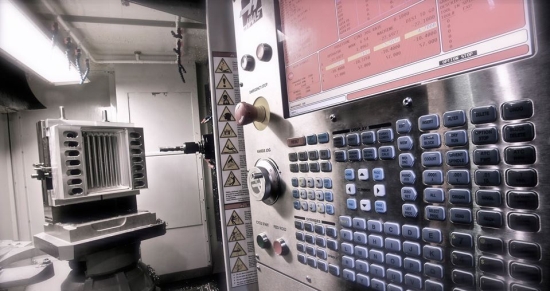
Vertec Tool control panel
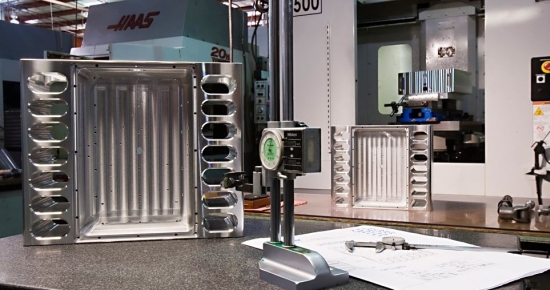
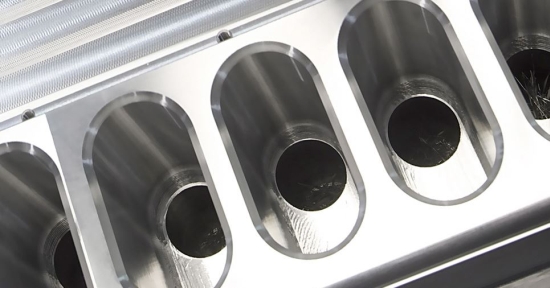
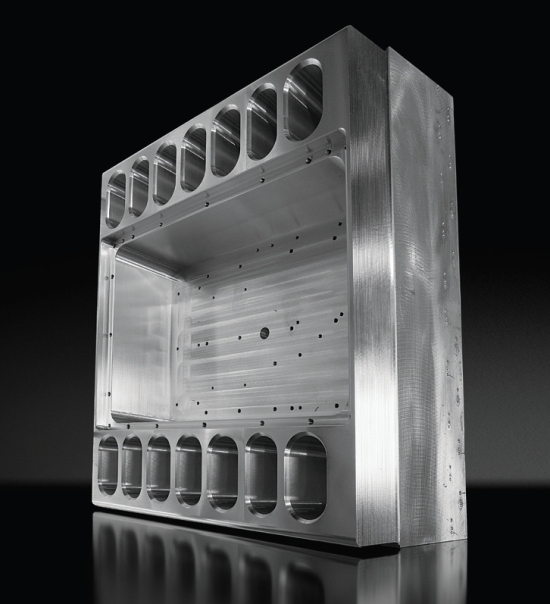
Above and below: 625 power amp chassis
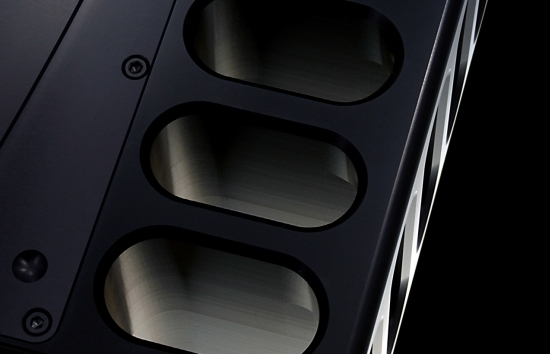
Exterior Design
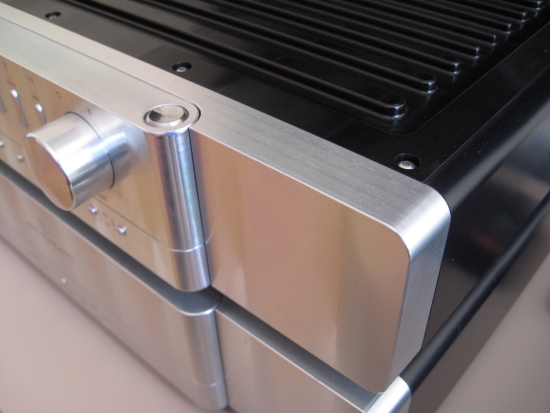
Above: Coherence II preamp with detachable control panel
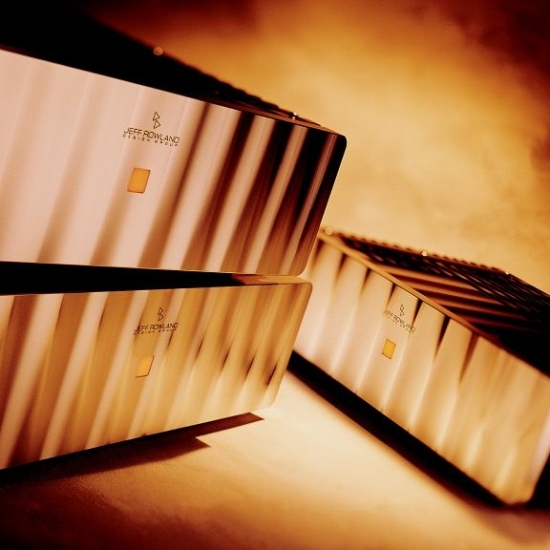
Above: Model 6 mono power amps and model 2 stereo power amp
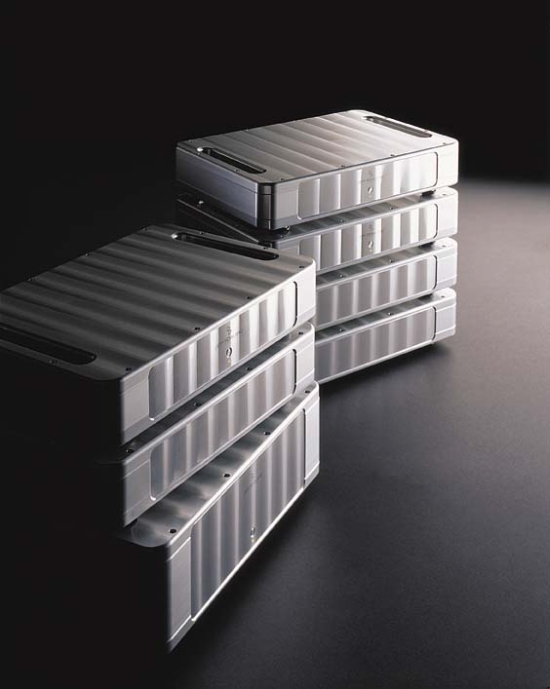
Above: model 112, 10 and 12 power amps
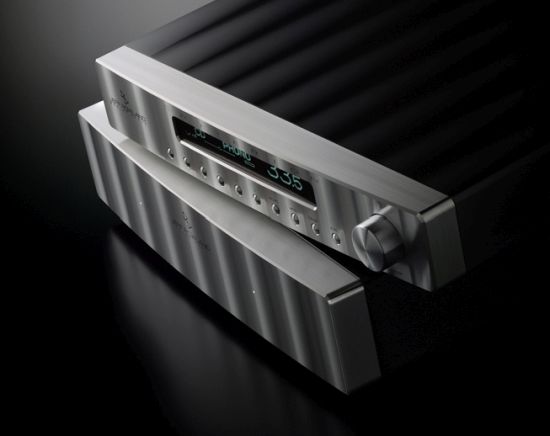
Above: Criterion preamp in the new 39,5cm width. The more classic components such as the model 2 and 6 amps used to be 44,5cm wide.
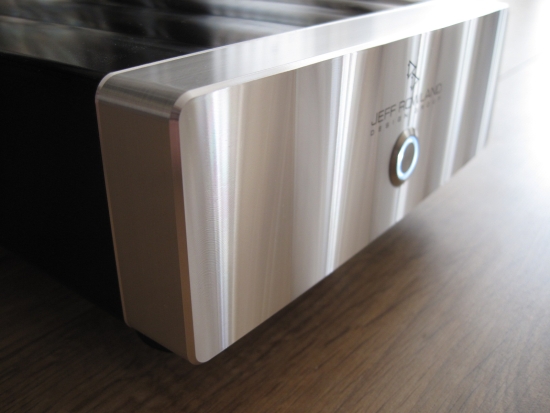
Above and below: the even smaller 525 power amp. The components become ever more compact, but the unmistakable style remains
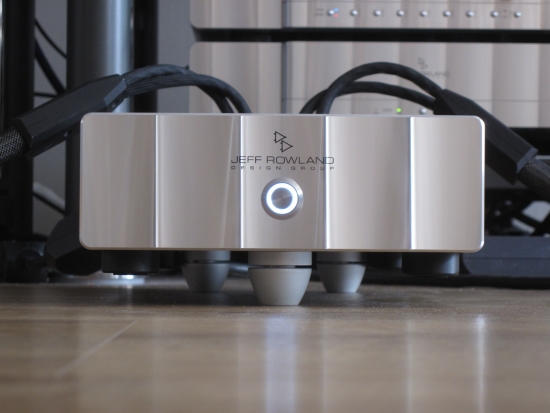
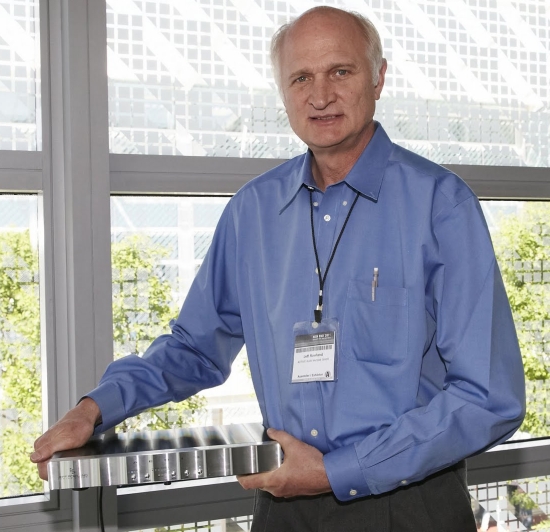
Above: Jeff himself with the Aeris during Munchen high end 2012
The following can be read in most Rowland manuals:
The entire chassis is finely constructed from pieces of solid aluminum, each cut to a specific depth and thickness that, when bolted together, prevents any unwanted vibrations or resonances from reaching the audio signal within the unit. The entire chassis is also used as a heat sink to allow the unit to cool itself as efficiently as possible when necessary. The surface of the faceplate and top cover are carefully cut in a unique process that uses a diamond-tipped blade. This process was refined over many years to produce an artistic and attractive finish that has been copied a number of times but never equaled. The faceplate is then finished with fine automobile polyurethane clear coat to preserve the clarity of the finish and allow the brilliant radiance of the diamond cut process to shine.
The manual also makes mentions of being careful not to use any abrasive cleaning agents on the front surface. But if you’re anything like me, you’ll probably just glance over that section. And even if you’ve read it, again, if you’re anything like me, you’ll think you know better and go ahead anyway.
Care
A word of advice, and let me be absolutely clear about this: Do not use paint thinner (turpentine/wasbenzine) on the front panel!
If you do, you will remove (part of) the lacquer that makes for the nice smooth, and shiny finish. On the spot you touched, the aluminum will be darker and less reflective which is pretty visible under some lighting circumstances. A friend of mine learned this the hard way. He wanted to lift the power switch from the front panel of his model six, in order to replace the lamp. Following instructions from the distributor at that time, he used adhesive tape. It worked fine but the tape had left some marks on the front panel which he removed by means of… you guessed it: paint thinner.
Jeff Rowland is great quality all around and designed with the brain. I love my Model 5.